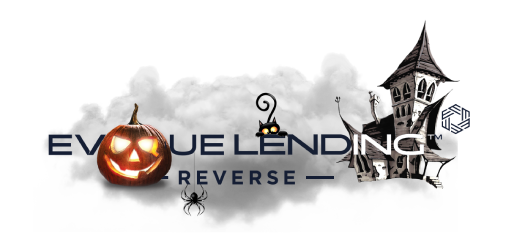How a Reverse Mortgage Can Help Bring Your Wish List to Life
As we grow older, our wish lists change. When we were young, those lists might have been filled with big dreams about careers, homes, travel, or raising a family. Over time, many of those dreams became reality. But life has a way of reshaping priorities, and by the time retirement comes into view, the items on the list often look very different.
For many seniors, today’s wish list isn’t about collecting more things. It is about creating experiences, nurturing relationships, and finding comfort in knowing that the later years will be lived with dignity, joy, and security.
How Wish Lists Evolve Over Time
Take a moment to think about your own list. You may find that it no longer includes the extravagant goals of your younger years. Instead, it might look more like this:
- Visiting a place you have always dreamed about.
- Helping a grandchild with college tuition.
- Making home improvements that make life easier and safer.
- Giving back to a cause that means something deeply personal.
- Simply having the peace of mind that you will not outlive your resources.
The shift is subtle but powerful. These are not just items to check off. They are ways of leaving a legacy, enjoying freedom, and enriching the lives of those you love.
The Odds of Achieving Them
Here is where reality sets in. Dreams remain important at every stage of life, but the financial odds of completing your list can sometimes feel daunting. Fixed incomes, rising costs, health considerations, and unexpected expenses can stand in the way. Even with careful planning, many seniors find that there is less flexibility than they imagined.
Does this mean those dreams are out of reach? Not at all. It simply means that achieving them requires a new kind of creativity, along with a willingness to use resources that may have been overlooked in the past.
What May Be Standing in the Way
One of the greatest challenges for many seniors is not a lack of desire or energy. It is the simple fact that much of their wealth is tied up in their home. The house they worked so hard to pay off is often their largest asset. It provides stability and a sense of pride, but it can also feel like a locked box. The funds needed for a trip, a renovation, or support for family are sitting there, unavailable without selling the property.
Understandably, most seniors want to keep their homes. They represent comfort, familiarity, and an anchor for family gatherings. The idea of selling and moving somewhere else often feels like giving up part of one’s identity. That is why many people feel stuck, even when opportunities for joy and fulfillment are within sight.
Opening New Doors with Existing Resources
Here is where awareness can change everything. Seniors sometimes overlook that the home itself can provide a way forward without giving up ownership. A reverse mortgage, for example, allows homeowners to access part of the equity they have built up over the years while continuing to live in the house.
This is not about giving up what you have worked for. In fact, it can be quite the opposite. A reverse mortgage can open doors to check a few of those wish list items off while maintaining ownership and knowing that the home can still be passed on to children when the time comes.
For instance, imagine being able to upgrade your home to make it safer and more enjoyable, or finally taking that trip you have been thinking about for years, all while still living in the place you love. It may also free up the ability to provide a meaningful gift to family now, when they need it most, rather than waiting for someday.

Balancing Dreams and Practicalities
Of course, every financial decision has to be weighed carefully. A reverse mortgage is not the right choice for everyone, but it is one example of how seniors can look at their resources differently. The key is to understand all the options available, to weigh them against your priorities, and to talk openly with family members so everyone understands what matters most.
The larger point is this: your wish list does not need to fade into the background simply because circumstances have changed. There are tools and resources that can make those goals more realistic than they may appear at first glance.
Moving Forward with Intention
As you think about what remains on your life’s wish list, give yourself permission to dream. Then, take a practical look at what stands between you and those dreams. Some of those barriers may be smaller than they appear once you consider creative solutions.
Your list is not just about places to see or things to do. It is about living life fully, leaving memories, and making choices that reflect what is most important to you and your loved ones. Whether that means helping your family, making your home more comfortable, or finally doing something you have always wanted, the possibilities are often closer than they seem.
The years ahead can be filled with meaning and joy. The key is to keep your wish list alive, stay open to the resources that can help you achieve it, and take steady steps toward making those dreams a reality.

